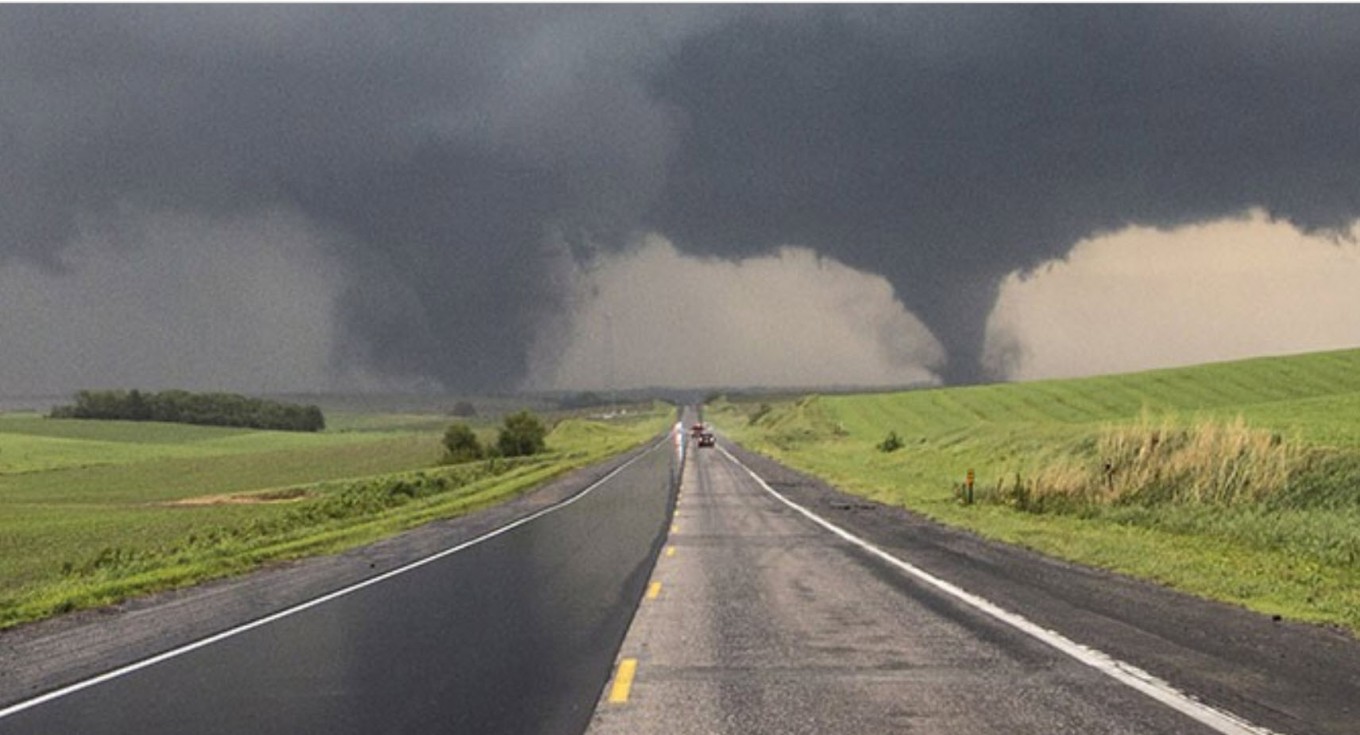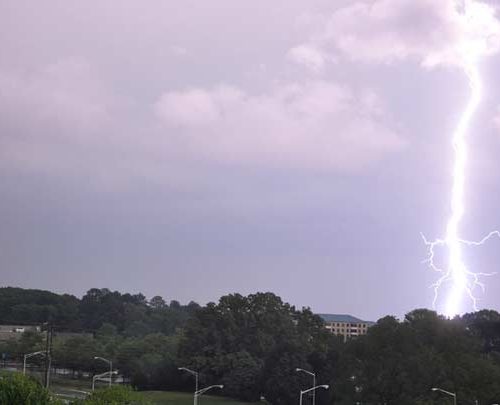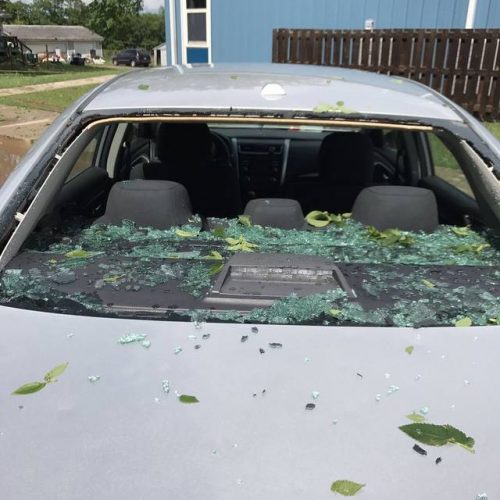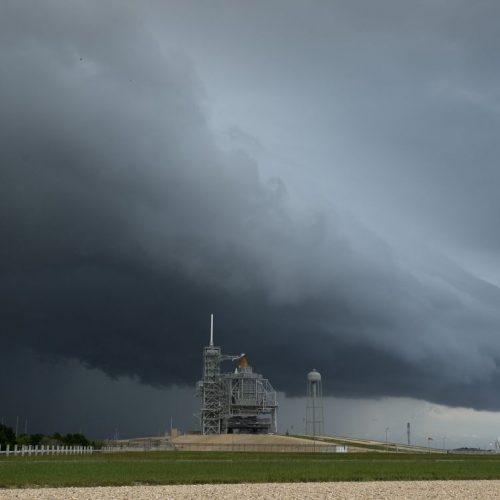Two people were killed and 16 were critically injured in northeast Nebraska on June 16 in a freakish weather catastrophe, when two separate tornadoes touched down about a mile apart.
According to NBC News, the first tornado tore down power lines and leveled a daycare center, and rescue workers were still pulling people out of the wreckage when they learned that a second tornado was hurtling toward them. That twister proceeded to level much of Pilger, a town of 350 about 75 miles west of Omaha.
“It was like God dragged two fingernails across the land,” as one resident told the Norfolk, Neb. Daily News. Stanton County commissioner Jerry Weatherholt said the area “looks like a war zone.”
According to NOAA’s tornado primer, tornadoes generally have multiple vortexes, though they’re not always visible unless the storm is really intense. But a true twin — that is, a separate tornado that forms alongside another, which technically is called a satellite tornado — is relatively rare. Exactly why satellites form is unclear, but they usually appear near a much larger tornado and then orbit it, according to NOAA.
As AccuWeather meteorologist Alex Sosnowski explains, thunderstorms form because of very warm, very moist air that creates instability in the atmosphere. As the air rises, it cools and forms towering clouds, and shifting winds with height, or wind shear, cause the formation to spin in the air, a phenomenon which is called helicity.
While several severe thunderstorms can coexist in one area, the strongest and most severe thunderstorms — the ones capable of producing separate twin funnels — tend to be isolated, so that they don’t have other storms competing for the atmosphere’s energy.
Having two separate cyclones strike in close order compounds the damage and possible loss of life. There are a bunch of historical accounts of horrific carnage inflicted by twin tornadoes, such as the pair that struck Elkart and Dunlap, Ind., on Palm Sunday in 1965.
By: Patrick J Kiger





